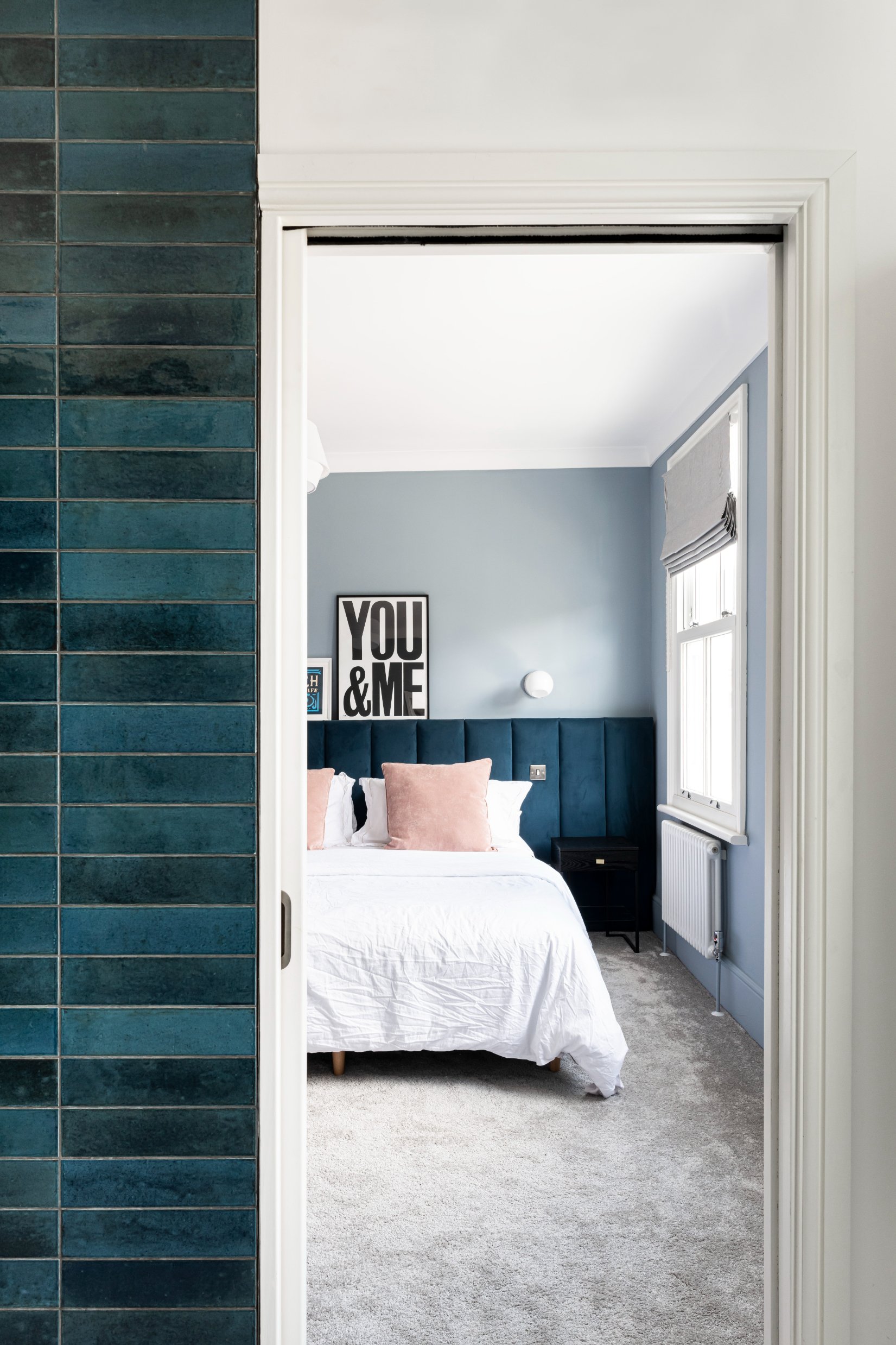How to choose a colour scheme for your room
Picking a colour scheme can feel like a daunting decision. But it doesn’t have to be! Here’s a step by step method to choosing a colour scheme for your home.
Get inspired
First things first, get some inspiration. You can find inspiration anywhere, out on a walk, your favourite film, a piece of art that you love, or even just browsing Pinterest.
A question I always ask clients is “what colours do you wear the most?” - more often than not you’ll find inspiration and colours that you love in your wardrobe.
Look at what you already have
There’s no point choosing a neutral and calming beige and brown colour scheme if you have a lime green armchair which needs to stay in the room (unless you’re going for a clashing look!). So another question I tend to ask clients right at the start of a colour consultation is “what needs to stay in the room?” - and then I always keep this in mind when looking at colour.
Take a look at the room you’re decorating and make note of whatever is staying in it, and it’s colour.
Think about how you want to feel in the room
It’s a well known fact that colour has a psychological impact, and so painting your room a colour can change how you feel in that space. I would ask yourself “how do I want to feel in this room?” and then act accordingly.
You might want to feel calm and relaxed if it’s a bedroom, cosy or social if it’s a living room, or perhaps productive and focussed in an office. When you’re looking at colours, keep in mind how they make you feel and whether that’s how you want to feel in your space.
Think about how much light the room gets
I’ve written an entire blog post on how to pick the right colour for North, South East and West facing rooms, as it’s a large topic to cover! But it’s worth keeping in mind the orientation of the room, as well as how much light and the temperature of light it gets.
Pick your colours
So now that you feel inspired, you’ve thought about what colours you already have in the room, and you’ve considered how you want to feel and the amount of light, it’s time to actually pick colours.
Step 1 - pick a main colour. Don’t worry about anything else yet, just pick a colour that you like with all of the above in mind.
Step 2 - pick your “supporting” colours. There’s a number of ways you can do this - use a colour scheme generator like this one from Canva, search for “<your colour> rooms” on Pinterest and get inspired, or just go with your gut.
If you want to get technical about it, you can use colour theory. Monochromatic colour schemes use the same colour throughout, with different tones. Analogous colour schemes are next to each other on the colour wheel, and Complementary colours are opposite on the colour wheel.
Follow the 60, 30, 10 rule
And then finally, once you have your 3 colours, follow the 60, 30, 10 rule.
Fill the room with 60% of your main colour, this will be your wall colour
Fill the room with 30% your secondary supporting colour: this could be colour of the furniture, rugs, or even the ceiling
Finally , the remaining 10% is for your third supporting colour, add pops of this for example through cushions, lamps, accessories and art.
If you’d like my help with your next project, check out my services to see how we can work together. If you’ve enjoyed this blog, don’t forget to subscribe below to receive my new post in your inbox every Sunday.
Image credits: Unsplash




















